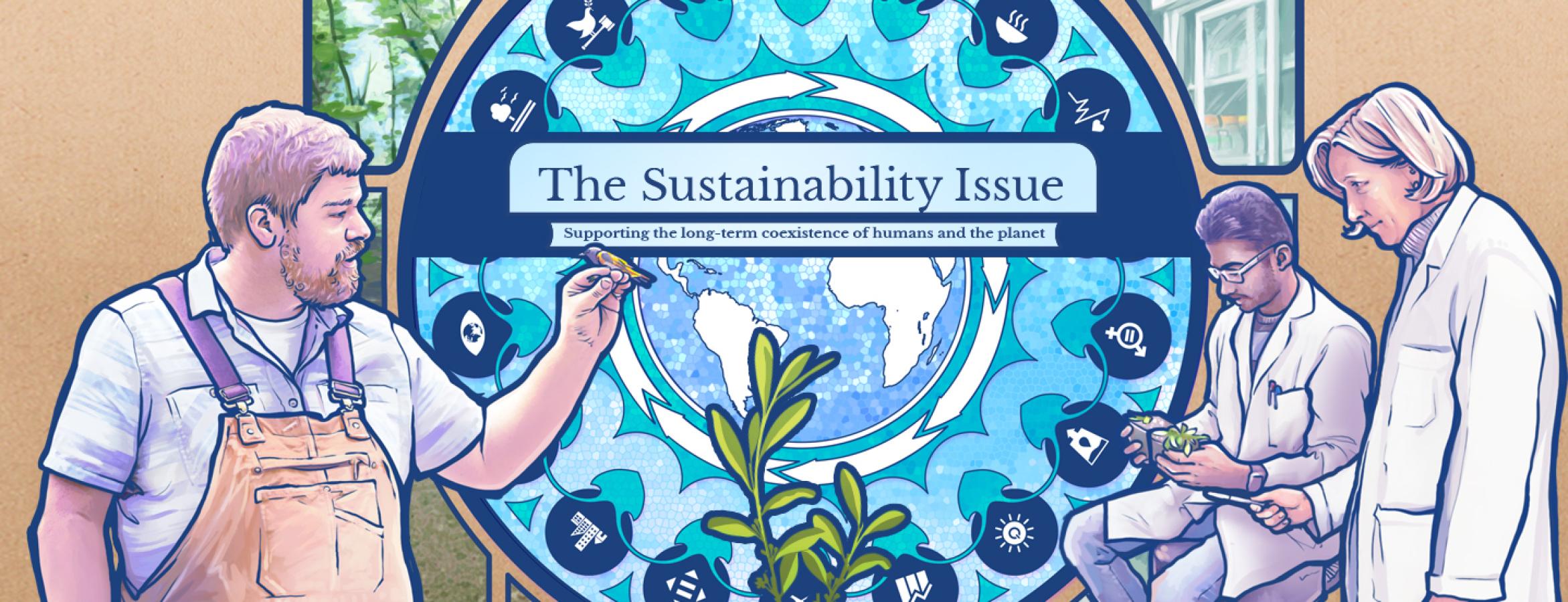Unlike most spectators at the Fourth of July fireworks, the only thing fourth-year physics student Kyle Linn sees in the display is a momentum problem.
“That’s how I know that I’m in the right field,” said Linn. “Physics has really changed my outlook on the world. I’m really interested in how things work and why things have certain outcomes.”
Linn has known since high school that he wanted to study physics in college but wasn’t sure what specific field he wanted to pursue.
“Coming into Penn State as a first year, I wanted a place to immerse myself and get lost,” he said. “I didn’t know exactly what I wanted to research, but I wanted to know more.”
Luckily for Linn, he had come to the right place. In his third year, Linn applied to a Research Experiences for Undergraduates (REU) program at Penn State, and Teaching Professor of Physics Kristin Purdy Drew guided Linn through the process of finding a mentor. Soon, he joined the lab of Mikael Rechtsman, associate professor of physics, where he worked with then postdoctoral researcher Christina Jörg to study photonics—the science of light waves.

In his research, Linn uses concepts from condensed matter and mathematical topology to study photonic crystals, materials with properties that can move light in specialized ways, including ways to change how different wavelengths of light pass through the crystal. Linn works in the Nanofabrication Lab in the Millennium Science Complex to fabricate these crystals and uses lasers to analyze them.
“Because photonic crystals can help control light, they are used in telecommunications, fiber optics, high-powered lasers, and sensors,” said Linn. “I use a process called chemical vapor deposition to create these crystals from materials like silicon and silicon dioxide. Then I get to study their properties.”
Linn’s work isn’t restricted to the lab, however. He also worked with graduate student Sachin Vaidya, a theoretical physicist.
“I get to collect data with one mentor to prove or disprove the other’s ideas,” he said. “Getting both sides of the coin between them, it’s interesting to see such different perspectives simultaneously.”
Outside of research, Linn works as a Learning Assistant and as a Guided Study Group leader at Penn State. Guided Study Group (GSG) leaders mainly host study sessions for students. During these sessions, GSG leaders guide students to work collaboratively with their peers to gain extra experience with the topics covered in class. Coming from an educational background that relies so heavily on mathematical concepts and equations, teaching topics in introductory physics has been a learning experience itself for Linn.
“I rely on math to understand the world,” he said, “But the students I teach may not have the background I do. It forces me to think about physics in a different way, a lot more conceptually, and about why things work the way they do, not just how.”
The experience has been so rewarding that he’d like to pursue teaching in some capacity when he graduates. He is also considering opportunities to continue studying photonic crystals or working with laser optics. Whatever Linn decides, his time at Penn State has prepared him well.
“You know, the scariest thing to me coming in as a first year was the word quantum, and now it’s part of my everyday research,” he said. “I hope to go somewhere after this that will broaden my horizons in the same way.”
For now though, he’s focusing on finishing writing a scientific paper with his advisors and taking everything after that one firework at a time.
